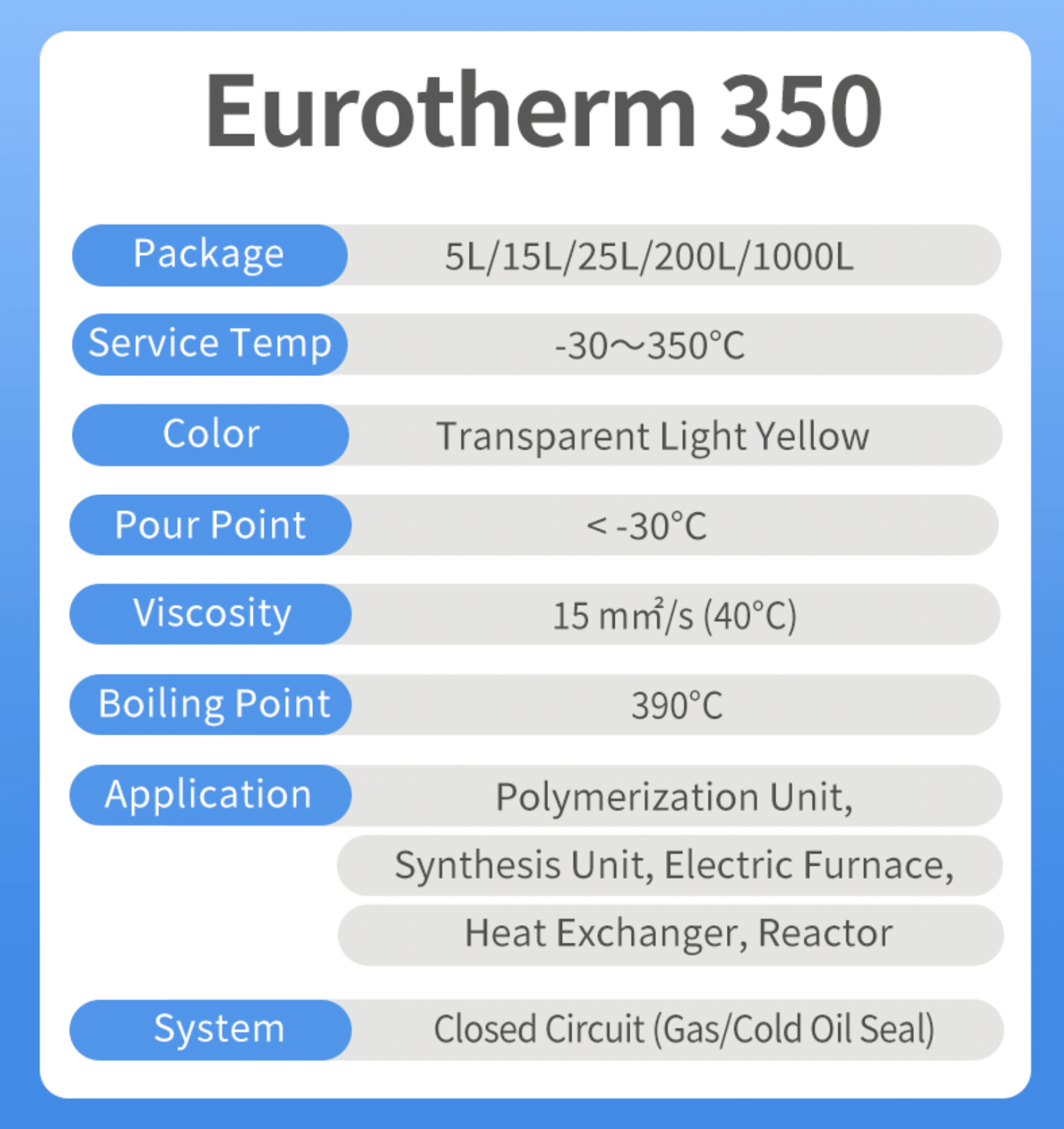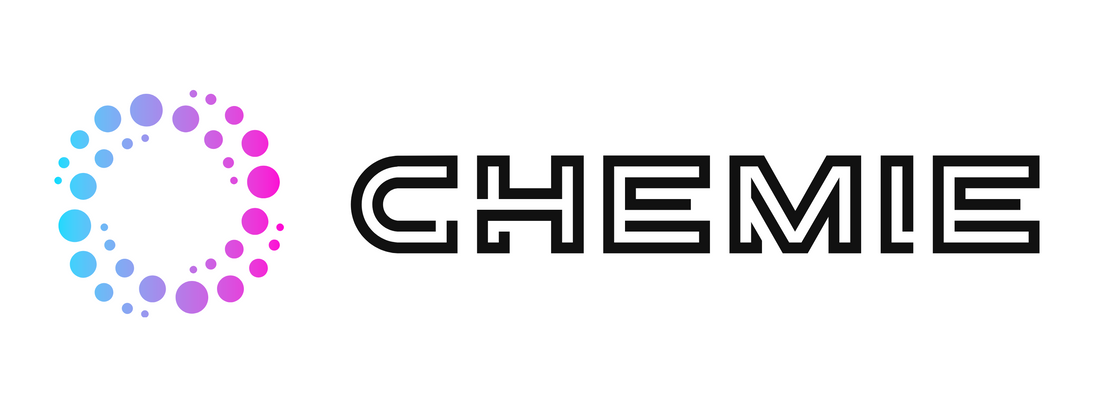Some Known Details About Chemie
Facts About Chemie Uncovered
Table of ContentsThe smart Trick of Chemie That Nobody is DiscussingThe Single Strategy To Use For ChemieChemie - QuestionsFascination About ChemieNot known Factual Statements About Chemie Some Ideas on Chemie You Should Know
By Bojanna Shantheyanda, Sreya Dutta, Kevin Coscia and David SchiemerDynalene, Inc. Fluid air conditioning, which can be accomplished using indirect or direct means, is utilized in electronic devices applications having thermal power thickness that might exceed safe dissipation with air cooling. Indirect fluid air conditioning is where warm dissipating electronic parts are physically separated from the fluid coolant, whereas in case of straight air conditioning, the components remain in straight contact with the coolant.In indirect cooling applications the electrical conductivity can be vital if there are leaks and/or splilling of the liquids onto the electronic devices. In the indirect air conditioning applications where water based liquids with deterioration inhibitors are usually made use of, the electrical conductivity of the fluid coolant mostly depends on the ion concentration in the liquid stream.
The boost in the ion concentration in a shut loop liquid stream may take place due to ion leaching from steels and nonmetal parts that the coolant fluid touches with. Throughout procedure, the electrical conductivity of the liquid might raise to a level which could be unsafe for the cooling system.
The Buzz on Chemie
(https://moz.com/community/q/user/chemie999)They are bead like polymers that are capable of trading ions with ions in an option that it is in call with. In the here and now work, ion leaching examinations were performed with various steels and polymers in both ultrapure deionized (DI) water, i.e. water which is treated to the greatest degrees of pureness, and reduced electrical conductive ethylene glycol/water blend, with the determined change in conductivity reported with time.
The samples were permitted to equilibrate at room temperature level for 2 days prior to taping the preliminary electric conductivity. In all tests reported in this research study liquid electric conductivity was measured to a precision of 1% using an Oakton CON 510/CON 6 collection meter which was calibrated prior to each measurement.
Some Known Incorrect Statements About Chemie
from the wall home heating coils to the center of the heater. The PTFE example containers were placed in the furnace when consistent state temperatures were gotten to. The test setup was gotten rid of from the heating system every 168 hours (seven days), cooled down to area temperature level with the electrical conductivity of the fluid gauged.
The electrical conductivity of the fluid sample was checked for a total amount of 5000 hours (208 days). Schematic of the indirect closed loophole cooling down experiment set-up. Parts utilized in the indirect closed loop cooling down experiment that are in contact with the liquid coolant.

The 7-Minute Rule for Chemie
Throughout operation the fluid storage tank temperature was kept at 34C. The adjustment in liquid electrical conductivity was monitored for 136 hours. The liquid navigate to these guys from the system was accumulated and stored. Similarly, shut loophole test with ion exchange resin was executed with the same cleaning procedures utilized. The preliminary electric conductivity of the 230ml UP-H2O in the system determined 1.84 S/cm.

0.1 g of Dowex resin was included in 100g of liquid examples that was absorbed a separate container. The mix was stirred and change in the electric conductivity at space temperature level was gauged every hour. The measured change in the electrical conductivity of the UP-H2O and EG-LC test fluids consisting of polymer or steel when engaged for 5,000 hours at 80C is shown Figure 3.
All About Chemie
Ion leaching experiment: Measured modification in electrical conductivity of water and EG-LC coolants consisting of either polymer or metal examples when immersed for 5,000 hours at 80C. The outcomes indicate that metals added less ions into the liquids than plastics in both UP-H2O and EG-LC based coolants.
Fluids consisting of polypropylene and HDPE showed the lowest electrical conductivity adjustments. This might be because of the brief, rigid, direct chains which are less likely to contribute ions than longer branched chains with weaker intermolecular pressures. Silicone likewise executed well in both test liquids, as polysiloxanes are generally chemically inert as a result of the high bond power of the silicon-oxygen bond which would certainly prevent deterioration of the product into the fluid.
More About Chemie
It would certainly be anticipated that PVC would certainly produce comparable outcomes to those of PTFE and HDPE based on the comparable chemical structures of the materials, nonetheless there might be other pollutants present in the PVC, such as plasticizers, that might influence the electric conductivity of the liquid - immersion cooling liquid. In addition, chloride groups in PVC can additionally seep into the test liquid and can create a boost in electric conductivity
Buna-N rubber and polyurethane showed indicators of deterioration and thermal disintegration which suggests that their feasible energy as a gasket or sticky product at greater temperatures might cause application problems. Polyurethane completely broke down into the test liquid by the end of 5000 hour examination. Figure 4. Prior to and after pictures of steel and polymer examples immersed for 5,000 hours at 80C in the ion leaching experiment.
Measured adjustment in the electric conductivity of UP-H2O coolant as a function of time with and without resin cartridge in the shut indirect cooling loophole experiment. The determined modification in electrical conductivity of the UP-H2O for 136 hours with and without ion exchange resin in the loop is shown in Figure 5.